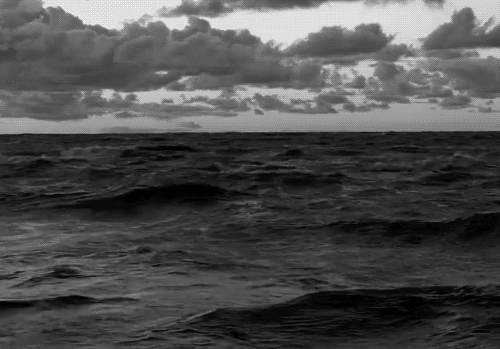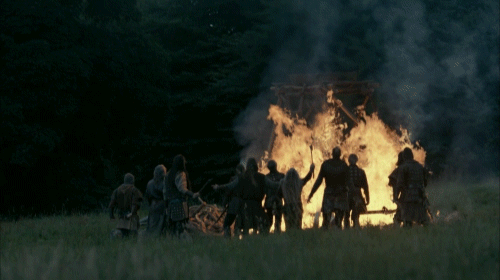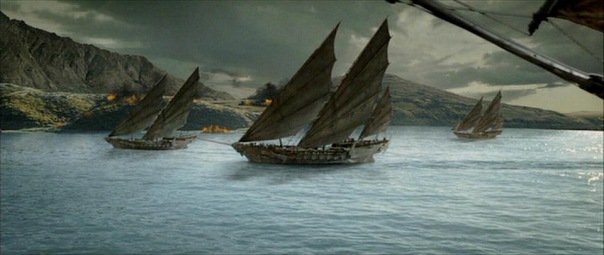

Founding Son
It is said that the Greatfather's six sons were miraculously born one after another for six days. On the third day, there was a terrible storm, and it was then that Seolh was born, dark-haired and with a cold, scowling aspect. The lessons passed down through stories regarding Seolh's boyhood mostly regard lessons of kindness and mercy the Greatfather imparted to his wicked son that are used today -- It is through the story of Seolh and the Elk the Born learn that game tracked during a hunt should be killed by opening its throat, as a long and cruel death would spoil its meat. Through the story of Seolh and the Turtle, the Born base their belief that turtles were given shells by the valkyries because they were too slow to escape Seolh, who meant to eat them all to have less competition for fishing. Most famously, Seolh is known for being bested by his youngest brother Eshkag in a duel of strength, and in his rage, blinding him with a sharp stick. For this, Seolh was cast out to the harshest sliver of Magnar in the western isles, while Eshkag was allowed to remain in the Greatfather's care. Aside from his connotation with cruelty and malice, Seolh is frequently depicted as a seal, or as a warrior who rides a seal -- The depiction is one based in ancient runes, which are largely unclear. Seolh is associated with seals, the ocean, storms, and the color black. He is said to live in an upside-down tower at the bottom of the sea with Skyrra, surrounded by Old Seolhi.
Realm History
• After Seolh was exiled to the Western Isles, he took Shebalog's eldest daughter Skyrra the Sea-Witch as his bride, defeating her undead retinue of drowned guardsmen and taking her and her husband's tower for himself. This angered Skyrra's former husband Oqtos the Deep, a son of Shebalog and ferryman of drowned sailors. Seolh and Oqtos would go on to battle, with Seolhi besting him once again and severing each of his eight arms. His victory was a Pyrrhic one, however, as Oqtos' arms were magically bonded to the eight great islands within Seolh's domain. With his death, the islands which are now called Old Seolhi sank into the sea, killing many under Seolh's rule and erasing his vassal's ability to grow food. In order to provide for the kingdom he had usurped, Seolh struck a deal with the Seal King -- a mythological figure whose underwater domain had been stolen by Oqtos and Skyrra -- that Seolh's firstborn son with Skyrra would marry the Seal King's firstborn daughter, bridging their kingdoms together, and that in return the seals would help his people survive without farms. The Seal King accepted his offer, and the Clan Seolhi, men with the blood of the Seolhi, Skyrra, and the Seal King was brought into the world.
• During the Age of Iron, the Seolhi isles recovered from their inability to farm by subsiding completely off of the sea, even living in their boats year-round. During this time, the first Seal-Chariots were created, as well as the first use of Seolhi-domesticated seals as hunting animals. Slowly, Magnarians delving into their mines discovered that they had come across a material stronger than stone, and the Age of Iron began. As the Seolhi soon found out, their seaside hills and mountains were almost completely barren of iron, and their mines had been totally depleted within a generation, while the rest of Magnar was rich with iron they used to craft axes and swords. Accordingly, the Seolhi began to trade what little goods they had for iron, and when even this became infeasible, they transitioned into a culture of raiding, widening the distance between themselves and who they knew as "Dryfolk". Most of the Seolhi wars during the Age of Iron involve one Seolhi Chief or another proclaiming themselves Master of the Sea, and sinking the ships of those who they saw as invaders. This cultural practice of piracy continues to this day.
• The Age of Steel saw an improvement in the metallurgy of the rest of Magnar, increasing the power gap between the Seolhi raiders, who armed themselves with stolen iron weapons, and the Bornic defenders, who now had steel and stone fortifications. In a way, this widening power gap served to devolve the Seolhi -- They began to practice slavery, for instance, and returned to speaking Old Seolhi as a way of distancing themselves from their Magnarian brethren. Seolhi culture continuED to evolve under Thalasan invasion, with many Seolhi beginning to sail to far-away bits of Magnar to hide in the seas, docking by coasts at night to hunt. The invention of the Wandering Seolhi did not go against the grain of Seolhi culture, a people who believed that the entire ocean was their dominion, and so more and more Seolhi began to live away from the isles, raiding, trading, and toiling for survival along the coasts of Magnar, setting up pockets of territory Dryfolk were unable to safely keep to themselves.
• By now, the Seolhi are the most primitive of the six kingdoms, but arguably the most feared. They are an almost alien culture to other Magnarians, who speak a different language, eat a different food, and interpret ancient religious texts differently. While they are not without reason, their tried and true inability to hold land away from the shores has made them less of a feared kingdom than they believe, and more of a regional threat.
Realm Seat: The capital keep of your realm where the clans of chiefs have lived for a long, long time.
Realm Boundaries/Location

Realm Chief: The realms trace their history back to the six sons of the Greatfather, and the chief of the realm is a direct descendant of one of the original six sons.
Chief's Biography: May be combined with Realm History.









